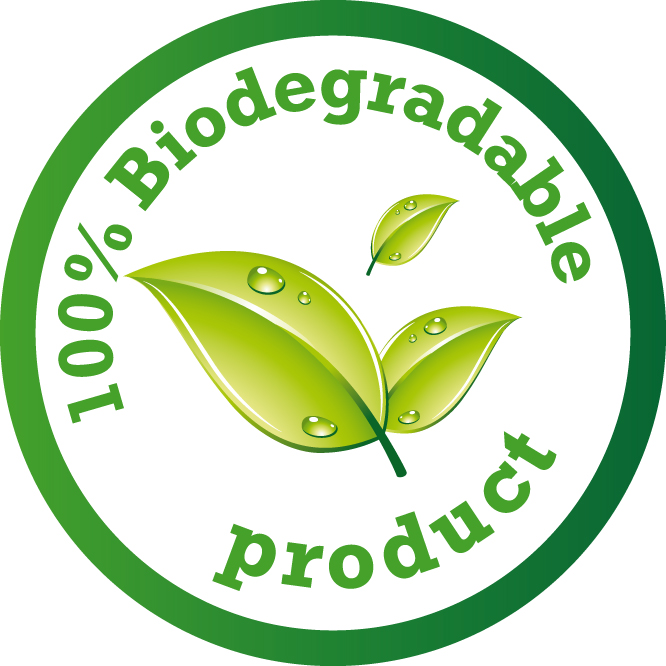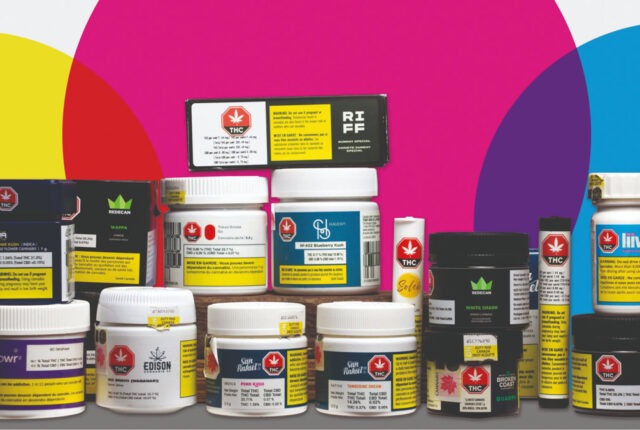For a little more than 10 years now, flexible packaging films made of biodegradable resins are steadily gaining popularity. The reason is simple: these polymers are biodegradable and therefore more “green” than the plastic alternatives, which are made exclusively of oil.
Most of the time, these “biodegradable plastics” are still derived from petroleum-based materials. But these films are designed with a certain type of polyester and are compostable. Once thrown away, they will decompose without leaving a trace in the environment. That is the big difference compared to the usual plastic.
It is also possible to mix them with renewable materials (often starch or poly lactic acid). These renewable resources are more sustainable solutions both before and after the use of the product.
These biodegradable resins are a real alternative to conventionally used polyethylene and polystyrene.
From the perspective of the brand, it’s always interesting to highlight a product which follows the principles of sustainable development, especially as it is an increasingly important decision factor for consumers.
From the point of view of manufacturers, the choice is more complex. Challenges remain and the capabilities and performance of these films are unfortunately not as good as those derived from oil. The problems are mainly physical properties of these films. The properties in question are the poor melt strength, melt-curtain stability and barrier properties, in particular against moisture.
Biodegradable films still have progress to make, especially on a cost level, but the innovations are numerous and the increasingly important demand for “green” packaging should act like an important incentive for companies.







